The metaverse is still empty. Nevertheless, some companies are already afraid of missing the boat. Insights into more or less successful virtual worlds.
Winged foxes, imaginative avatars, gigantic mushrooms: BMW’s Joytopia metaverse is about everything except the car.
For a month, the Jelmoli department store brought the future to Zurich’s Bahnhofstrasse – or at least what marketing circles imagine it to be at the moment. Jelmoli ran a showroom in the Metaverse in June. In a suite on the first floor of the department store, those interested could enter a virtual room with virtual reality glasses in which six items of clothing were floating.
Of the Showroom is still online. You can also log in with your smartphone or on your desktop, where you can walk through different rooms, climb stairs, chat with other people present or have additional information displayed about the items of clothing on display. It is the metaverse as it mostly feels today: like a computer game without a goal, you click through, more out of curiosity about the technology than out of interest in the exhibit.
Jelmoli is just one of many well-known companies experimenting with the metaverse and virtual reality. Gucci opened a virtual “Gucci Garden” on the gaming platform Roblox. H&M designed fashion from virtual materials that don’t exist in real life. Samsung replicated his New York visitor center in the virtual world Decentraland. Coca-Cola auctioned digital beverage boxes. And BMWs developed a VR world called Joytopia where visitors can customize their own avatar and take it through a fantasy world to a fantasy car.
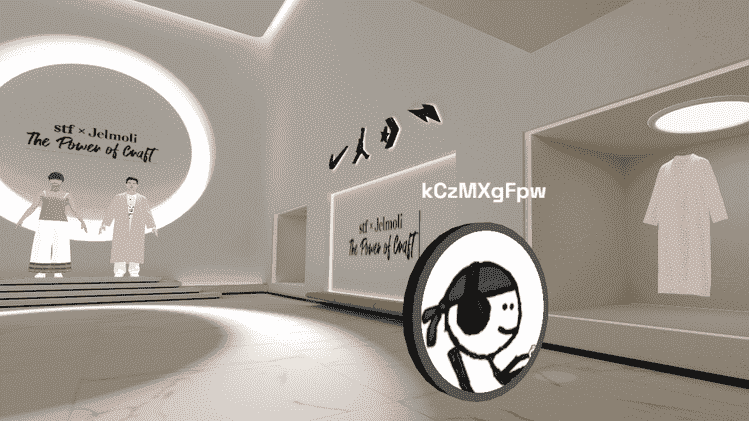
Like in a computer game without a goal: Screenshot from Jelmoli’s Metaversum showroom. The black and white figure on the coin is the avatar that can be used to move through the VR world.
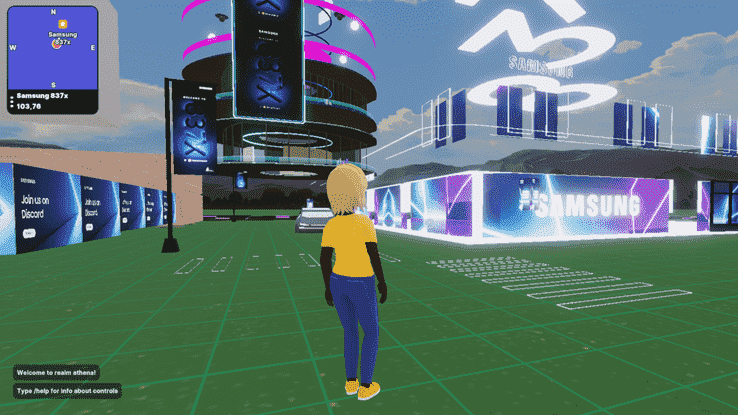
In the Samsung center in Decentraland you can explore a virtual building complex with an avatar.
Jelmoli enlisted the help of consulting firm Zeam, which specializes in young Generation Z consumers, on his trip to the metaverse. Jo Dietrich, co-founder of Zeam, says Jelmoli and the other brands in the metaverse have one thing in common: they wanted to see what the new technology could do. “Companies that are interested in new trends early on and are willing to try something out run less of a risk of missing the boat,” says Dietrich.
Make money with the metaverse? For many unthinkable
However, only very few companies can actually make money with their metaverses or VR projects. At the end of the month-long experiment, Jelmoli welcomed around 1,000 visitors to its virtual showroom, but only sold one item of clothing. Other brands – for example BMW – do not even try to make money with their metaverses. They are only concerned with branding and addressing new target groups.
Nicole Rentsch, BMW Marketing Manager and Project Manager for the Metaversum Joytopia, explains it this way: “In the Metaversum we can convey the values of BMW to people who don’t even have a driver’s license.” With the VR fantasy world, they want to show that the brand stands for joy, sustainability and exploring new worlds.
That sounds pretty vague. But there are concrete business considerations behind it, as Dietrich explains: “We buy the majority of all products because we want to own them – not because we need them.” Especially members of Generation Z, i.e. those consumers who were born between 1995 and 2010, are particularly fond of buying products because they feel emotionally connected to the brands.

Where is the car? Screenshot from the BMW metaverse Joytopia.
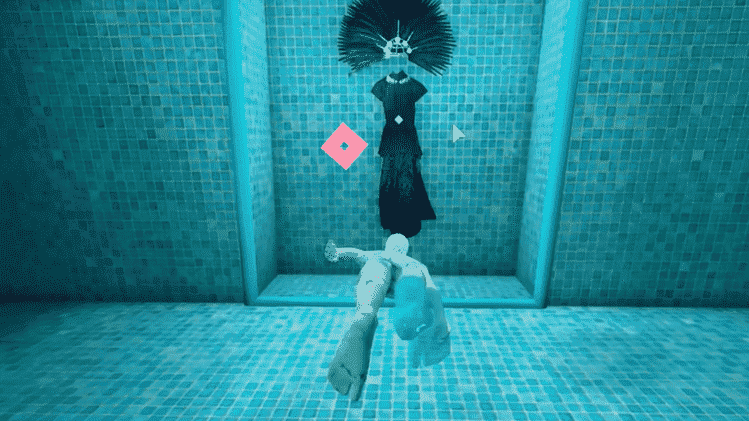
In the «Gucci Garden» metaverse, an avatar swims to a piece of clothing.
So if companies were trying to address young consumers, they would have to go to channels where they were. Where marketing in social networks was once new, revolutionary and “young”, it is now a brand presence in virtual reality, says Dietrich.
Companies invent an offer where there is no demand
The curious thing is that the companies that take this to heart are still the only ones in the metaverse. The consumers are missing. In the virtual world, therefore, there is an offer that is ahead of the demand. This makes any involvement of companies in the metaverse risky – because companies still hardly know what their customers actually want to do in the metaverse. Fabian Schär, economics professor at the University of Basel, who deals with the phenomenon from a scientific point of view, says that the Metaversum technology is still not very mature and forecasts of how it could be used in the future are more like reading coffee grounds than fact-based predictions.
However, Schär believes that the metaverse will offer future earning opportunities for companies. At the moment he observes the greatest interest from consumers in events such as concerts, trade fairs or art exhibitions that can be reached online for a limited time, and in the gaming sector. Schär believes that various companies will invest a lot of money in moderately successful projects until further earning opportunities crystallize with the Metaversum.

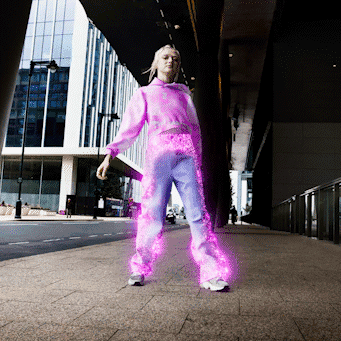
H&M clothes made from material that doesn’t exist in the real world.
He is particularly critical of projects by companies that build their own self-contained metaverse. “If each company develops its own virtual world, but customers can’t easily switch between the worlds, the whole construct of the metaverse becomes less attractive. Only when companies decide to rely on independent and open standards will the metaverse unfold its advantages,” says Schär. After all, the metaverse is about shared experience and creation.
Schär is therefore always amazed at which projects claim the Metaversum label for themselves. “Not every 3D video and not every VR project is a metaverse.” According to Schär, in order for a VR project to do justice to the name Metaversum, it needs the aspect of interoperability, exchange and shared experience.
6 minutes, 600 pairs of shoes, $3 million
Despite all the difficulties, there are already a few companies that are already making money with the metaverse. One of the few is the startup RTFKT (called “Artifact”), which made headlines in spring 2021 because it sold over 600 pairs of virtual shoes for a total of three million dollars within six minutes.
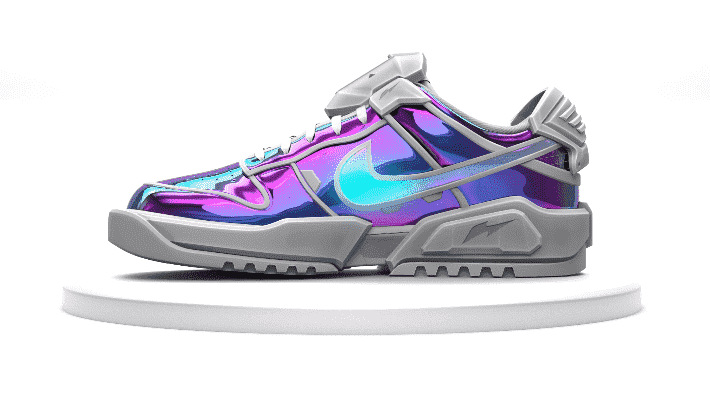
Art or Investment? At least not useful. The RTFKT (Nike) Cryptokick, which is currently selling for almost $2000.
At the beginning of the year, the startup was taken over by Nike. Since then, the success of RTFKT has been reflected in the sporting goods manufacturer. The company has been selling the virtual one since mid-April Sneaker named Cryptokick about 7000 times, at an average price of 1.1978 Ether, which is almost $2000 at the moment. With this, Nike has turned over more than 14 million dollars – mind you with a sneaker that you can’t wear in the real or in a virtual world until now.
Emmanuel Wandji Tchatat, Metaversum project manager at the consulting firm Zeam, explains the success of RTFKT as follows: Many customers see the shoe not primarily as a consumer item, but rather as an art object. The fact that Nike of all things is successful in the metaverse is the result of a consistent strategy. Nike is a brand that has been working for decades to earn the trust of its customers and is considered very reliable. Because there are still many cases of fraud and theft in the world of cryptocurrencies and one often does not know which projects will still exist in a few months, a brand like Nike promises continuity. That’s what makes her so successful.
Earning money with goods that are generated at the click of a mouse on the PC and distributed on the Internet is tempting for many companies. Nike shows it’s possible. However, this calculation only works for very few companies.
